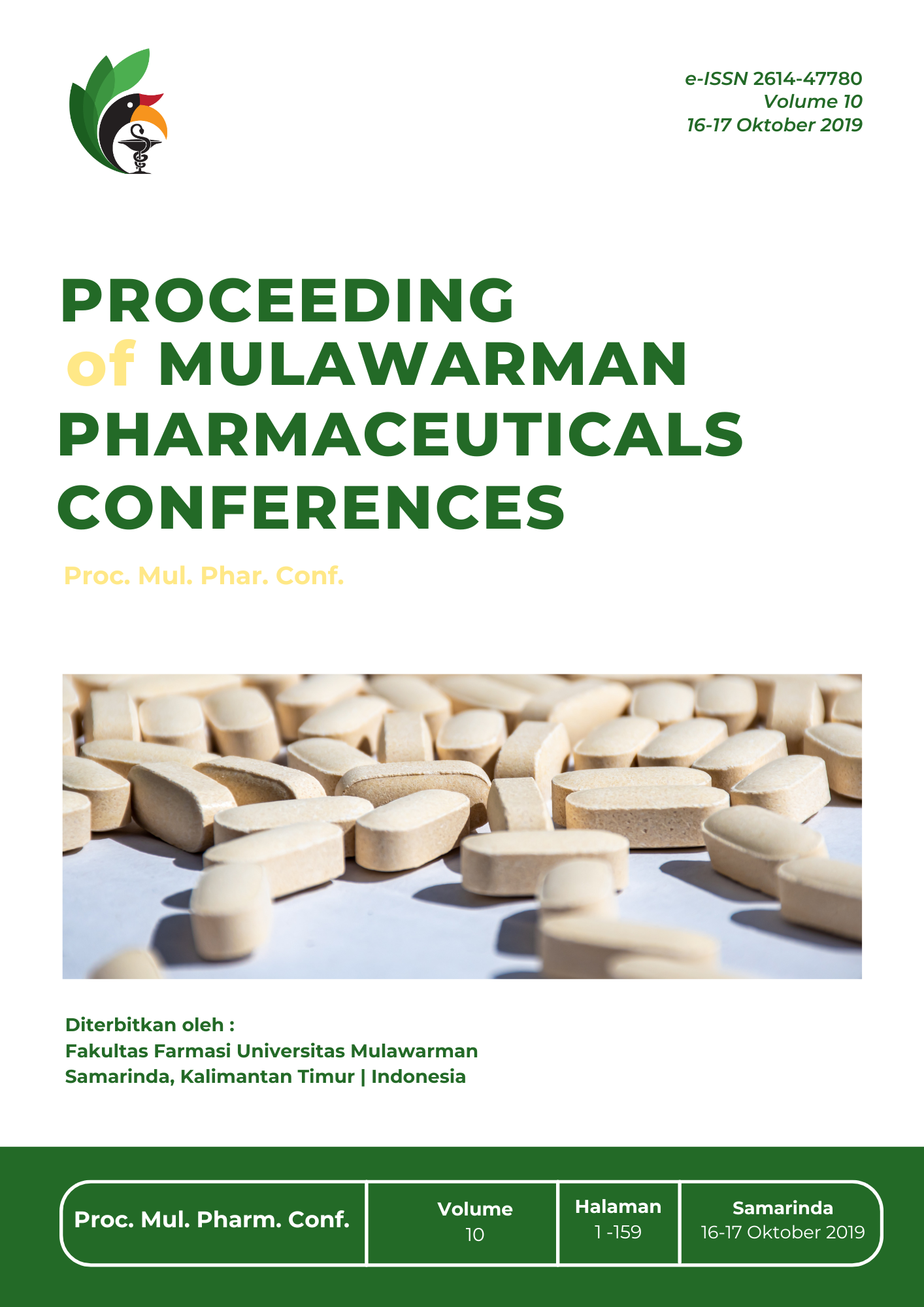Potensi Madu sebagai Penurun Tekanan Darah dan Kolestrol
DOI:
https://doi.org/10.30872/mpc.v10i.49Keywords:
Diastole, flavonoids, Secondary Metabolites, SistoleAbstract
Hypertension is an increase in systolic and diastolic blood pressure more than 140/90 mmHg. Honey has the potential to reduce blood pressure because it has 200 chemical substances. This study aims to ford the effectiveness of giving honey to reduce blood pressure and cholesterol levels in hypertensive patients, as well as knowing the content of secondary metabolites found in honey. The research method used was semi quantitative with pre and post procedurs. Honey contains secondary metabolites of alkaloids, flavonoids, tannins, and saponins. The results of the analysis of honey give a significant decrease in systolic pressure, diastole, heart rate and cholesterol levels. Consumption honey regularly effectively reduces blood pressure in hypertensive patients.
References
Aluko,E, Titilope Olubobokun, Dara Ezekiel Atang, and Victor Nna. 2014. “Honey’s Ability to Reduce Blood Pressure and Heart Rate in Healthy Male Subjects.” Frontiers in Science 4(January):8–11.
Clark, JL., Peter Zahradka, and Carla G. Taylor. 2015. “Lead Article Efficacy of Flavonoids in the Management of High Blood Pressure.” 0(0):1–24.
Chua, LS. dan Adnan, N.A, 2014, Biochemical and Nutritional Components of Selected Honey Samples, Acta Scientiarum Polonorum 13(2): 169-179.
David, JHY, and Alory,NP. 2001. Characteristics of Patients with Uncontrolled Hypertension in the United States. Journal of Massachusett s Medical Society.vol.345,No 7.
Fasasi, KA. Physicochemical Attributes of Nigerian Natural Honey from Honeybees (Apis mellifera adansonii) (Hymenoptera: Apidae) and its Shelf Life in Storage at Room Temperature. Pak J Biol Sci. 2012; 15: 1027-1033.
Gunawan, sulistia gan. 2007. “Farmakologi Dan Terapi Edisi 5.” in Farmakologi dan terapi.
Ilmiah, Karya. 2007. “Tanaman Obat Yang Berkhasiat Sebagai Antihipertensi.”
Riset Kesehatan dasar,2018 Hipertensi Kementerian Kesehatan Badan Penelitian dan Pengembangan Kesehatan Departemen kesehatan Republik Indonesia.
Shinta,A, Kusuma wijaya.2015. TheEffect of Ethanol Extract of Soursop Leaves (Annona muricata L.) to Decreased Levels of Malondialdehyde. J MAJORITY Volume4Nomor3 Januari 2015
Lingga, L., 2012. Bebas Hipertensi Tanpa Obat. Jakarta: Agro Media Pustaka.
Liu,CJ, et all 2003 Antihypertensive effects of tannins isolated from traditional Chinese herbs as non-specific inhibitors of angiotensin Converting enzyme. Life Sciences 73(2003);1543-1555
Machado, Aloa, De Souza, Silva Lara, and Jose Osvaldo. 2004. “Modulation of Sodium Pumps by Steroidal Saponins.”. Z.,Naturforsch.59 c, 43-436 (2004)received October 28/December 9, 2003
Widiasari, Santi. 2018. “Mekanisme inhibisi angiotensin converting enzym oleh flavonoid pada hipertensi inhibition angiotensin converting enzym mechanism by flavonoid in hypertension.” Collaborative Medical Journal (CMJ) Vol 1 No 2 Mei 20181(2):30–44
Downloads
Published
Issue
Section
License
Copyright (c) 2025 Mitha Fransiska, Jaka Fadraersada, Fajar Prasetya (Author)

This work is licensed under a Creative Commons Attribution-NonCommercial 4.0 International License.


